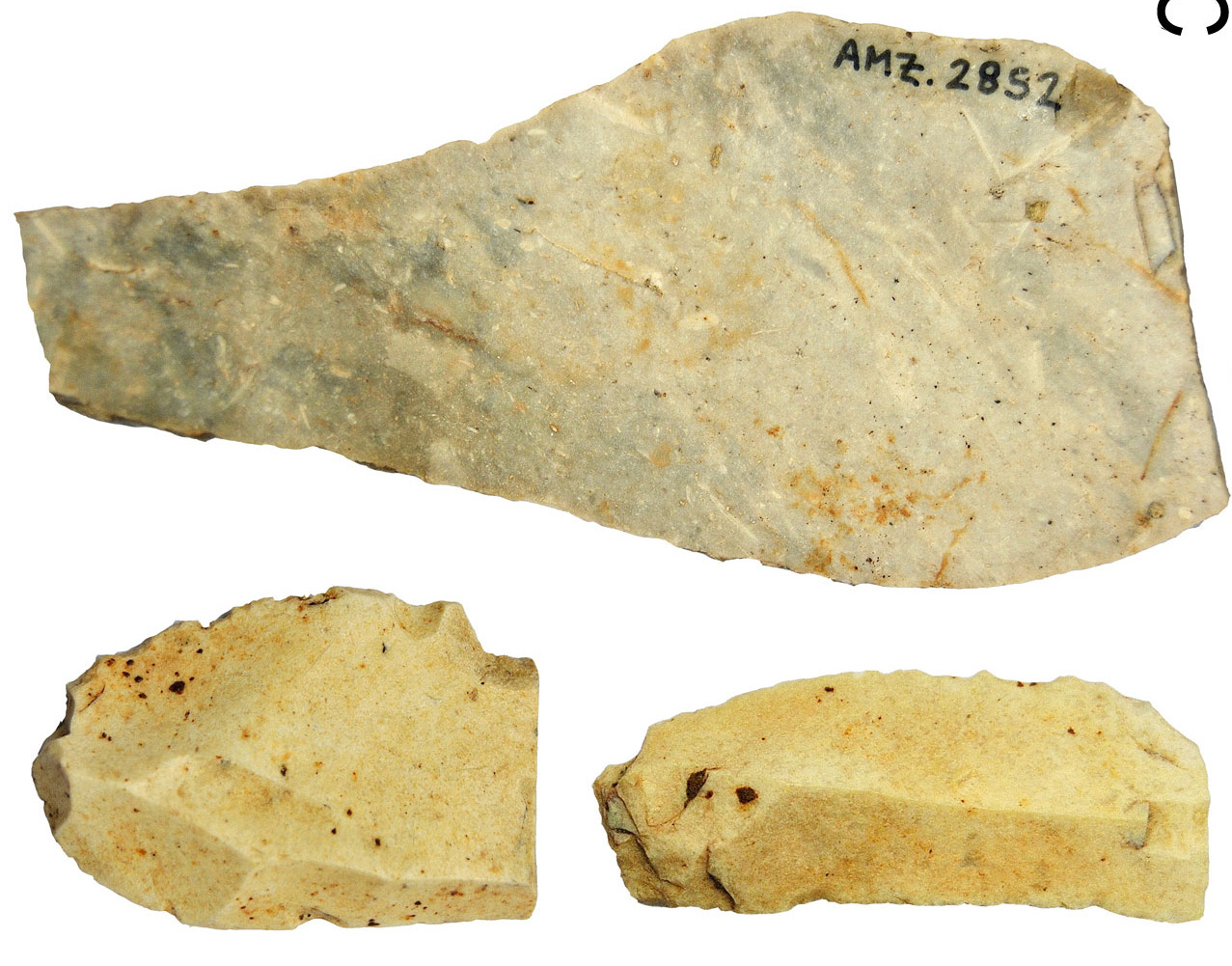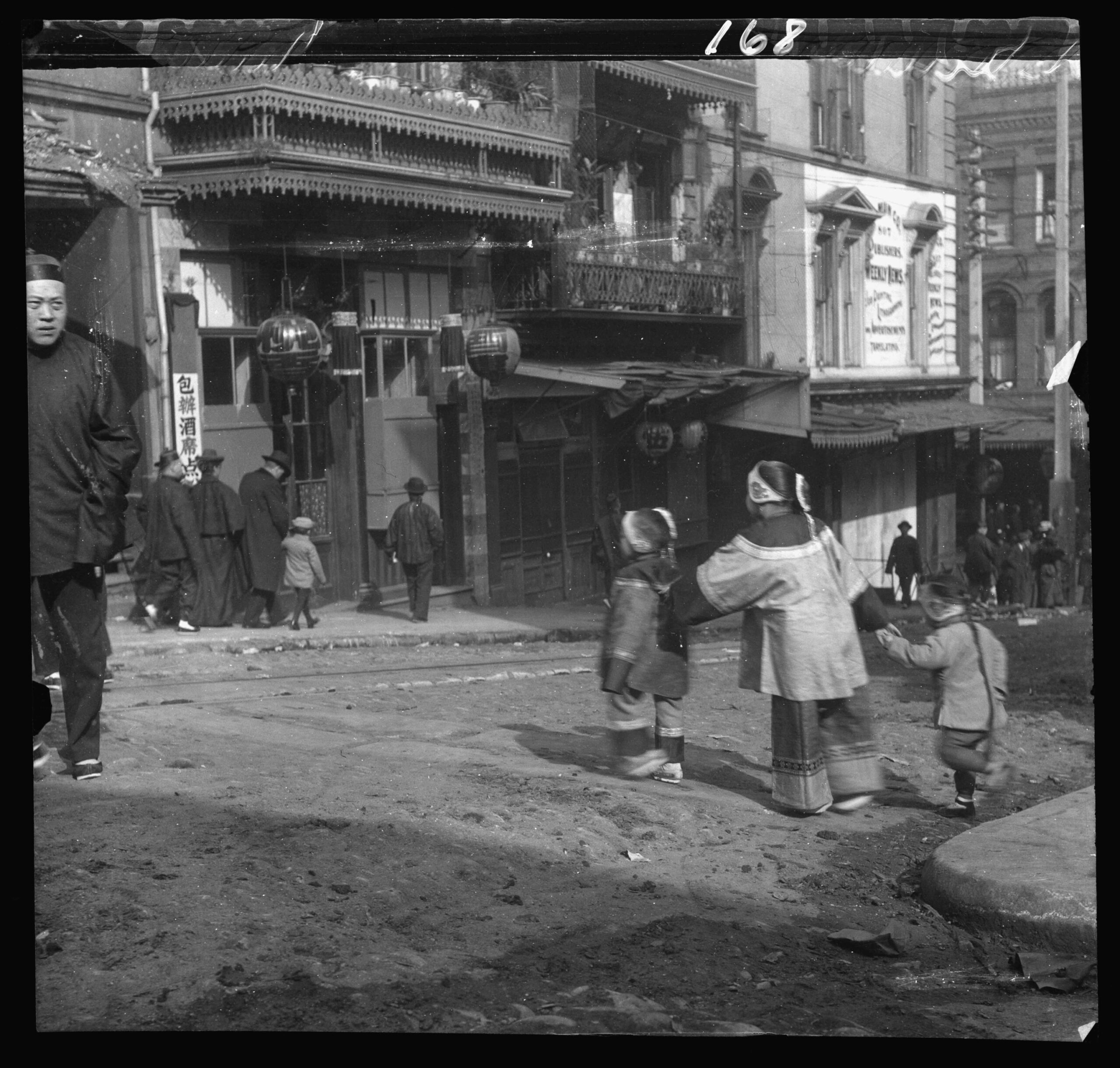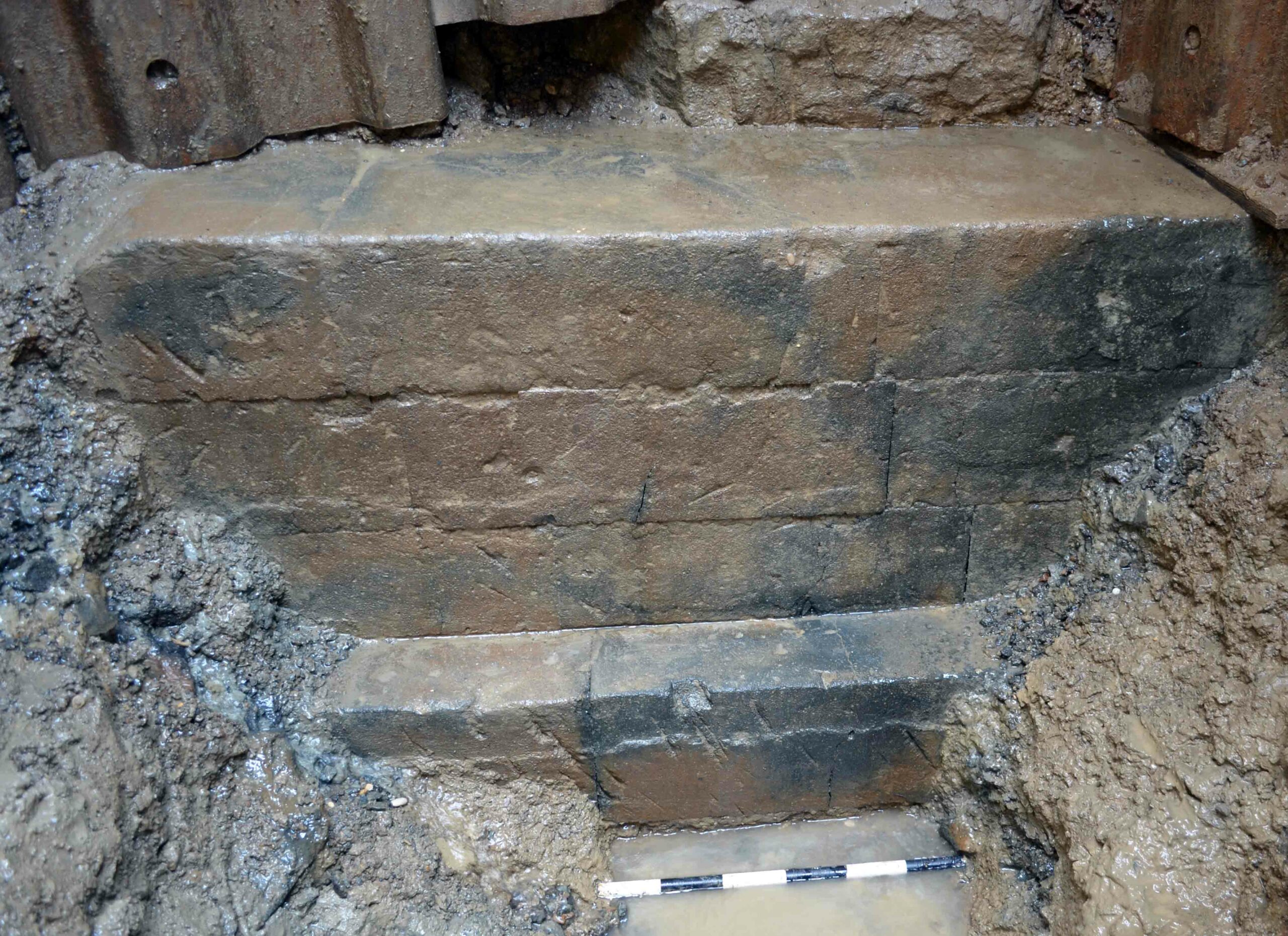
DONOSTIA, SPAIN—The study of flint remains from the Ametzagaina site has revealed the economic territory of the people who made temporary camps there over a period of about 2,000 years some 25,000 years ago. Most open-air sites do not survive, but Ametzagaina was protected by earthworks dug in the nineteenth century during the Carlist Wars. The people who camped at Ametzagaina collected flint from the same territory where they hunted, gathered, and fished. “Flint was their steel, but it was not abundant, they had to know the locations where there were seams, they made their way there, they rough-hewed it on the spot and returned to their camps just with whatever they could make use of,” Álvaro Arrizabalaga of the University of the Basque Country told Phys.org.










